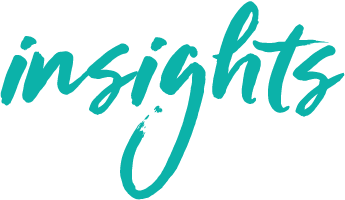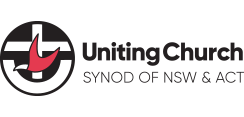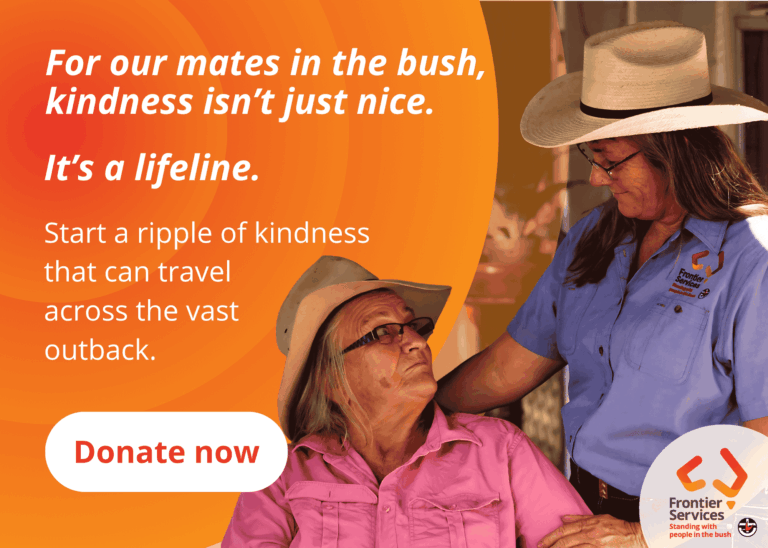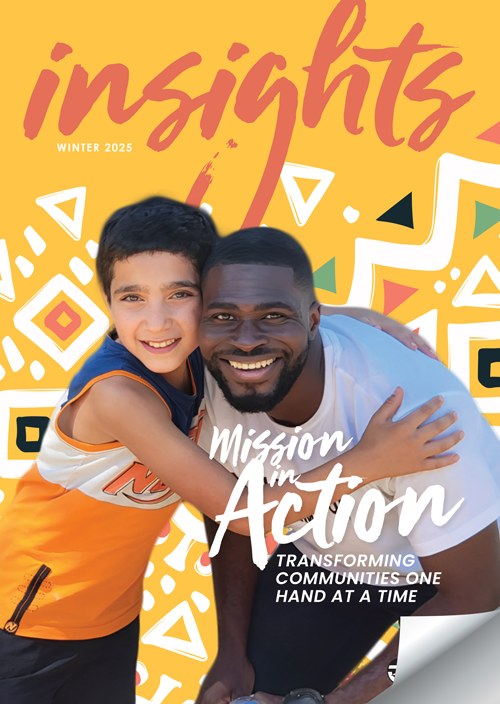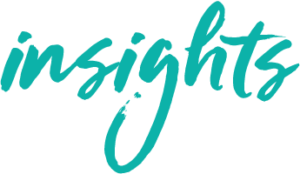When we take a look at the figures and images that have flooded social media, it is impossible not to feel hopeless about all the animals that are injured and dying daily. Many of us have thought of how to help them and, being honest, there aren’t many options unless you donate money to the different charities and crowdfunds that are out there.
At the time this article was written, Koala Bushfire GoFundMe was Australia’s most successful GoFundMe ever raising $5,379,120, having an initial $25,000 target, with over 119.9k donors and 229.1k shares. Its initial aim was to raise money to purchase and distribute automatic drinking stations which are being installed in the burnt areas to help in koala and wildlife survival.
The number of drinking stations being built has now been increased, and they will be shared with other wildlife organisations in fire-affected regions across NSW. They are also purchasing a water-carrying vehicle with fire fighting capabilities to replenish the drinking stations with water as needed. As donations have now reached an unprecedented amount, the project was extended to establish a wild koala breeding program.
Like this one, there are many organisations, charities, and dedicated hospitals committing their time and energy to rescue and protect wildlife who have been injured by the flames. These include WWF, the Queensland-based wildlife hospital Australia Zoo Wildlife Hospital, and RSPCA NSW who are operating in evacuation centres, among others.
But if you are hands-on and do feel the need to do something, please keep in mind that, according to Australian Wildlife Rescue Organisation WIRES, only appropriately trained members are authorised to carry out emergency wildlife rescue and care activities. Even they cannot enter the fire grounds until they have been declared safe by the agencies in charge.
To become a volunteer, you must attend a Rescue and Immediate Care Course so that you can join a local branch and assist with ongoing wildlife rescue and care in the future.
What can you do today?
Quilters in the Netherlands have made mittens for koalas with burned paws. New Zealanders are stitching joey pouches and bat wraps. So if you want to give it a try, you can join the Animal Rescue Craft Guild Facebook Group. They are constantly sharing all the relevant information you need to create, sew and design for animal rescue, including wallabies, possums, koalas and wombats. It’s an open group where you can find design files, ideas, drop locations, and be up to date with what is most needed.
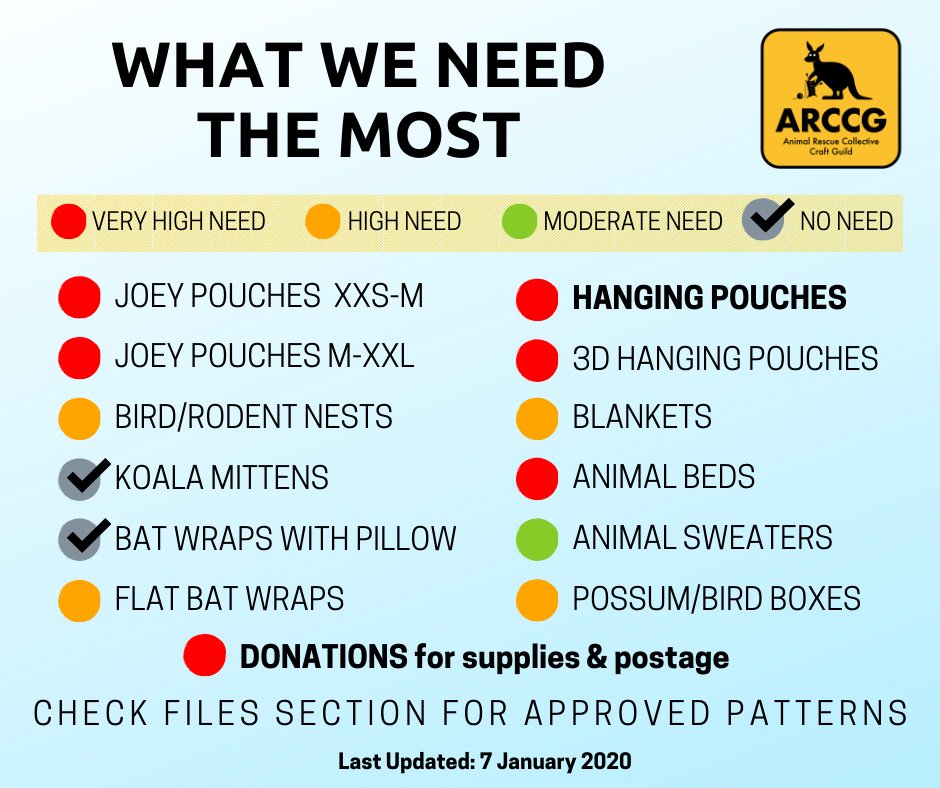
If you are anywhere near an affected area, WIRES provides some very useful tips. Here are some:
- Take domestic animals with you if you evacuate or keep cats indoors and dogs under control wherever possible so that wildlife can flee safely through your yard if needed.
- Leave out bowls of water for animals and birds escaping fires, use shallow bowls with a few sticks or stones on one side to allow smaller animals to escape if they fall.
- Keep a cardboard box and towel in the boot of your car in case you find an injured animal that you can safely contain without putting yourself in any danger.
- If you rescue an animal that has been burnt, do not attempt to feed it, please wrap it loosely, and report it to them for further assistance or you can safely take it to your nearest vet for an urgent vet assessment.
- Do not approach injured snakes, flying-foxes, large macropods, raptors, or monitors as these must be rescued by trained specialists, for these species, please call WIRES first for rescue assistance on 1300 094 737.
- If you own a swimming pool, always drape something over the edge of your pool so that animals have a surface to grab hold of and climb out. If you do find any animal trapped in a pool, call WIRES immediately on 1300 094 737 for advice.
Please, don’t forget to keep praying for the rain, for those how are struggling, in pain and those we have lost during these catastrophic times.
Angela Cadena
